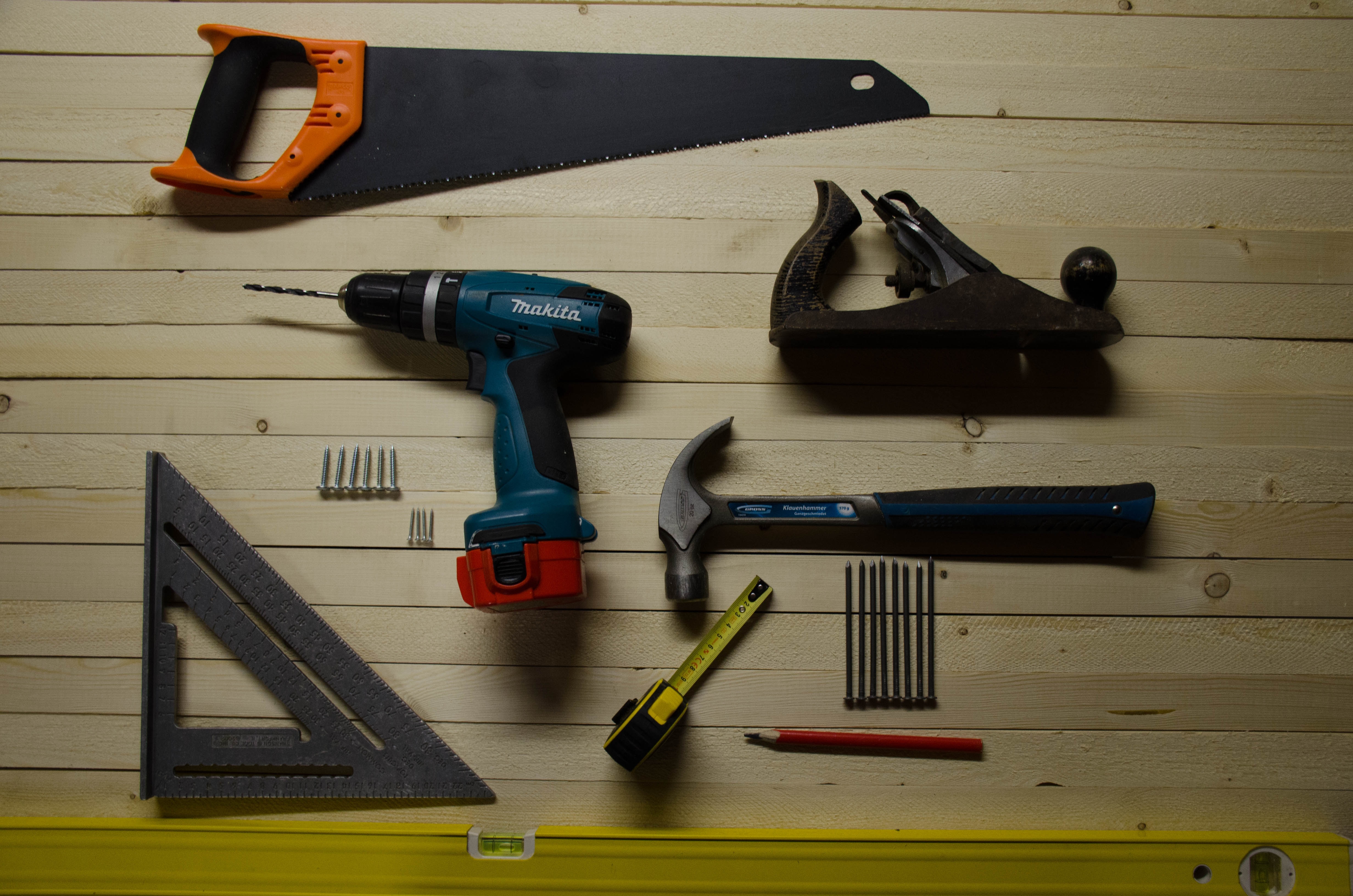Expenses are a huge restriction you’ll face when renovating a property. If you’re updating on a tight budget, it will make your home improvement project significantly more difficult – but there are tricks that can help you keep your spending on track and even save money during the process.
If you’re looking to renovate your home without breaking the bank, check out our eight tips to help you stick to your budget below!
Set Your Budget
Before you do anything, you need to establish the maximum you’re willing to spend on your renovation. Note down both your ideal cost and the maximum amount you can spend – your target should be the ideal figure, with the maximum cost allowing a little leeway for the inevitable overspends.
Once you have your overall figure, try a more comprehensive breakdown of the costs by splitting up the total by each room or job. Consider each of the bigger areas and how you can keep the cost down, planning out the overheads for each.
For a full oversight of what you spend, track every penny in a spreadsheet, noting down exactly how and where it was spent. There are going to be a lot of payments to different places and it’s nearly impossible to keep on top without a log, so keeping a log or tracking app to hand is always a good idea!
Once you have your budget in place, you must stick to it. If you overspend in one area, look into how you can cut back in another to avoid exceeding your budget.
Research & Compare
To get the most for your money, do your research into every aspect of your renovations. Compare prices on everything – you can look online, in outlets and shops, as well as buying ex-display and end of line items.
The majority of shops have sales at least once a year, so try to catch these for the best deals. Big sales to look out for are Black Friday, Boxing Day, Amazon’s Prime day and the end of summer sales.
When looking to hire in professionals, request quotes from local and national firms. Prices vary a great deal by area, so you may find it cheaper to pay for someone to travel rather than using a local provider. Get a few different quotes, then compare the prices and the reviews to get the best results for your money.
Instead of buying the tools you’ll need for jobs, see if any friends, family or neighbours will let you borrow them. If not, there are plenty of services where you can rent things by the day – perfect if you only need a tool for a short time. Websites like Fat Llama have pretty much everything you’ll need for a renovation, just search online for what you need.
When buying or hiring, never accept the first price you’re offered for anything. Instead, go back and haggle with a counter offer. After all, the worst case scenario is they’ll say “no” and you’re in the same position you started in.
Do it Yourself
Rather than outsourcing the work to a contractor, get your own hands dirty with some DIY. Even if you don’t have the skills to take on the bulk of the work, there will be small jobs you can do to help cut down the costs. Demolition, painting, tiling and more can be taken on with very little experience.
You could also enlist the help of friends and family for support. Utilise their DIY skills in exchange for a home-cooked meal or a bottle of their favourite tipple.
Unless you have adequate training, leave the likes of the electrics, plumbing and other major jobs to the professionals. You can end up causing damage to yourself and your home, so it’s just not worth the risk.
Start with a Deep Clean
If you’ve just moved into a home that’s a bit of a fixer-upper, start off by giving the property a deep clean. Tidy away all the clutter and go room to room cleaning everything in sight, even if you think you’ll be getting rid of it.
Once everything is clean, you can assess whether it really needs to be replaced. You may think you need a new set of bathroom tiles as the grout is disgusting, but with a thorough clean, they could look as good as new.
Get the Basics Right
There are two ways you can instantly transform a room; the paint and the flooring. A new coat of paint in the right colour can completely refresh a home, changing the feel and atmosphere. Furthermore, sticking to one colour throughout, like a classic white, means you can save money by buying one paint type.
For the flooring, tired carpets and vinyl can drastically affect the appearance of a home. If you happen to have wood floors, a simple sand and polish can quickly improve their look. With carpets, you’ll likely have to change them or switch for a more fitting flooring type. A great tip for buying cheap carpets is to look for big industrial suppliers who cater to business like hotels and buy their offcuts – they’re amazing quality and significantly cheaper.
Make Smart Improvements
When renovating your home, you can make some small yet impactful changes to help save you money. Check out just a few of our suggestions for cheap changes you can make below:
- Replace Cabinet Doors – If your kitchen cupboards are looking tired and outdated but structurally sound, just replace the doors rather than the whole unit
- Replace Countertops – Similar to replacing the cupboard doors, you can also update the kitchen countertop whilst keeping your existing units
- Use Tile Paint – If you want to change the colour of your tiles but they’re still good quality, use tile paint to update them
- Change Covers – Replace the light switches and plug sockets for as little as one pound per outlet
- Fake It – If you want a feature but don’t want to pay, fake it. A great example is a beautiful exposed wall without the cost and hassle using an exposed brick texture wall mural.
- Change Door Knobs – Switching the door handles, along with a fresh coat of paint, will make a door look brand new.
- Replace Blinds & Curtains – Window dressings have come a long way over the last few years. Add a more stylish design to brighten up your window for a minimal cost.
- Replace the Taps & Shower – If your bath and shower basin still look good, replacing the taps and shower head is an easy way to rejuvenate your bathroom.
- Change the Seat – Changing the toilet seat is cheap, easy and will help to revive a toilet.
Embrace Minimalism
Minimalism is a popular design trend that’s based around a ‘less is more’ mentality. Further still, it’s also the perfect style to choose for a budget remodel!
Limit what you have and only include the essentials in terms of features and furniture. Minimalism generally utilises a neutral colour palette with white as the common choice, once more helping you save money on paint.
Stick to Your Plan & Budget
Throughout the entire remodel, you need to keep your original plan and budget at the forefront of your mind. It’s easy to get carried away in your project, but this will likely lead to excess spending. Keep checking back to your budget and what you initially laid out for each job.
If you’re getting close to your maximum spend, see if you have any opportunities to cut-back. Once you’ve been working on your renovation for a little while, you may find you’ve picked up some DIY skills and feel more confident in doing the work yourself. Put this newfound confidence to use to save money on your contractors.


